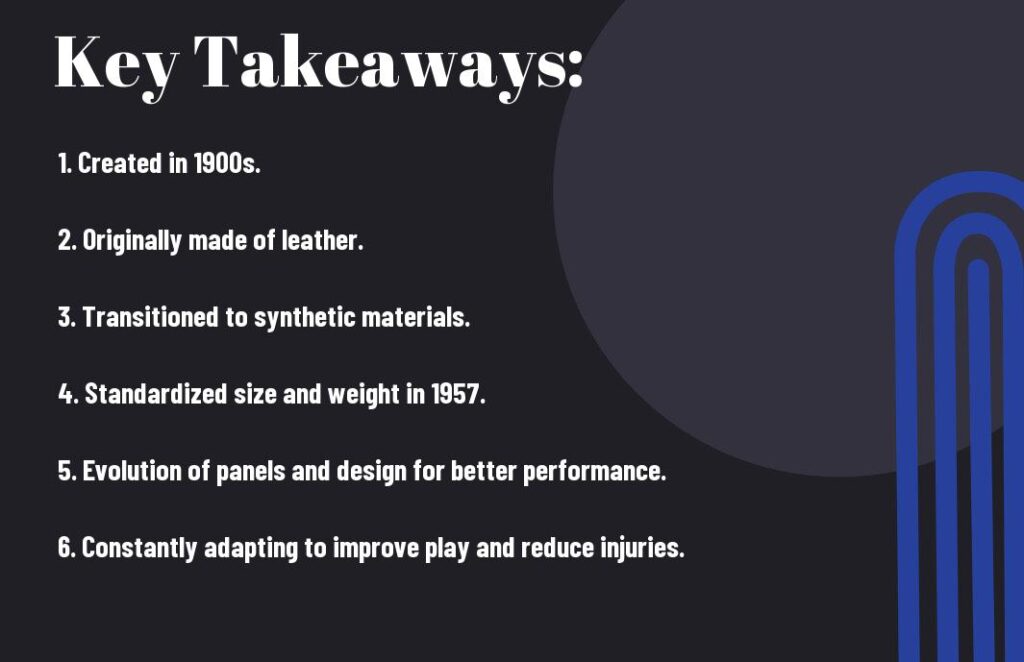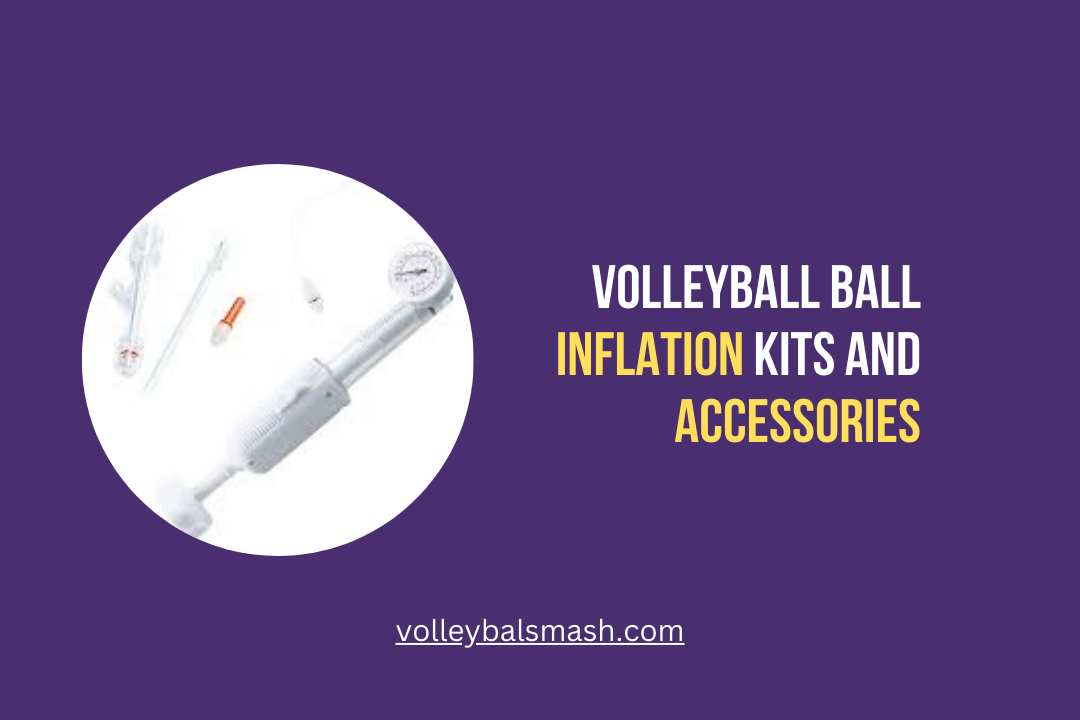Indubitably, the volleyball ball has undergone significant changes throughout the years. As a volleyball enthusiast, you may be interested in exploring the complex history and intricate evolution of this essential piece of equipment. From the humble beginnings of makeshift balls to the high-performance designs of today, you will gain a deeper appreciation for the role of the volleyball ball in the sport’s progression.

Origins of the Volleyball
Obviously, the origins of the volleyball ball can be traced back to the invention of the sport itself. Volleyball was created in 1895 by William G. Morgan, a YMCA instructor, as a less intense alternative to basketball. The game was originally called “Mintonette” but was later renamed “Volleyball” due to the nature of the game, in which players volleyed the ball back and forth over a net.
Invention and Early Development
The invention and early development of the volleyball ball involved a process of trial and error. At first, players used the bladder of a basketball as the core of the volleyball, covering it with leather. However, this design was found to be too heavy and caused injuries, leading to the development of a lighter, more flexible ball. In 1900, the first official volleyball ball was designed, marking a significant step in the evolution of the sport.
Materials and Size Specifications
When it comes to materials and size specifications, the volleyball ball has evolved significantly over the years. Initially, the ball was made of leather, which made it heavy and difficult to control. However, modern volleyball balls are made of a synthetic leather material that provides durability and softness, allowing for better control and accuracy. The size of the ball has also been standardized, with the official weight and size specified by the FIVB (Fédération Internationale de Volleyball).
Technological Advancements in Volleyball Design
If you are interested in the history and evolution of the volleyball ball, it is essential to understand how technological advancements have played a significant role in shaping the design of volleyball balls. The evolution of volleyball balls has been greatly influenced by the introduction of new materials and innovations in production techniques. This has led to improved performance, durability, and safety features in modern volleyball balls. In this chapter, you will learn about the technological advancements that have revolutionized the design of volleyball balls over the years.
The History Of Volleyball. Where Volleyball Started.
Introduction of Synthetic Materials
One of the most significant advancements in volleyball ball design was the introduction of synthetic materials. Traditional leather volleyball balls were heavy, absorbed moisture, and required frequent maintenance. Synthetic materials such as composite leather, microfiber, and polyurethane have revolutionized the manufacturing process, making volleyball balls more durable and resistant to wear and tear. These materials also provide a consistent feel, improved grip, and better flight characteristics, enhancing your overall playing experience.
Influence of Indoor and Beach Volleyball Variations
The evolution of indoor and beach volleyball has also had a significant impact on volleyball ball design. Indoor volleyball balls are designed for controlled indoor environments, featuring a softer feel and better control for precise passing and setting. On the other hand, beach volleyball balls are designed for outdoor play, requiring greater resistance to wind and sand.
The development of specialized indoor and beach volleyball balls has resulted in improved performance and durability, catering to the specific requirements of each variation. Whether you are playing indoors or on the beach, the right volleyball ball can enhance your game and minimize the risk of injuries.
Waterproof volleyball balls for beach play
Regulation and Standardization
Lastly, it is crucial to understand the regulation and standardization of volleyball balls. The International Volleyball Federation (FIVB) has set specific guidelines for the weight, circumference, and pressure of the ball to ensure consistency in the game. The standard size of a volleyball ball is 65-67 centimeters in circumference and weighs 260-280 grams. Additionally, the pressure inside the ball must be between 0.30 and 0.325 kg/cm². These regulations are essential to maintain fair play and ensure a level playing field for all athletes.
Role of the International Volleyball Federation (FIVB)
The International Volleyball Federation (FIVB) plays a crucial role in setting and enforcing standards for volleyball balls. FIVB ensures that manufacturers comply with the established regulations to maintain the integrity of the game. Additionally, FIVB conducts regular testing to certify that the balls meet the required standards for official competitions. You can rest assured that when you purchase a volleyball ball approved by the FIVB, you are getting a product that meets the highest quality and performance standards.
Impact of Olympic Inclusion
The inclusion of volleyball in the Olympic Games has had a significant impact on the evolution of the volleyball ball. With the global spotlight on the sport during the Olympics, manufacturers have been motivated to innovate and improve the design and technology of the ball. The inclusion of volleyball in the Olympics has spurred advancements in materials and construction techniques, resulting in volleyball balls that offer enhanced durability, grip, and responsiveness on the court. As a result, you can experience the benefits of these technological advancements in the volleyball balls available to you.
Modern Volleyball Balls
Despite the long history and traditional aspects of volleyball, modern volleyball balls have undergone significant changes to meet the evolving demands of the game. According to Volleyball | Definition, History, Rules, Positions, Court, & …, volleyball balls are now made with advanced materials and manufacturing techniques to improve performance and durability.
Current Manufacturing Techniques
The current manufacturing techniques for volleyball balls involve the use of synthetic materials such as polyurethane, microfiber composite leather, and foam-backed panels. These materials are carefully selected to provide the ideal combination of softness, responsiveness, and aerodynamics. The use of advanced manufacturing processes such as thermoset molding and machine stitching ensures that the balls meet the precise specifications for weight, circumference, and rebound characteristics.
Trends and Innovations in Volleyball Equipment
In recent years, the focus on technological advancements has led to several innovations in volleyball equipment. From the development of anti-slip surface textures to enhance grip, to the incorporation of smart sensors for tracking ball trajectory and impact force, the trends in volleyball equipment are geared towards improving player performance and safety. The integration of impact-absorbing materials and enhanced aerodynamics have also contributed to the overall evolution of volleyball balls.
Summary of Volleyball Ball Evolution
The evolution of volleyball balls can be summarized by the significant improvements in performance, durability, and safety. The transition from traditional leather to modern synthetic materials has greatly enhanced the consistency and reliability of volleyball balls. The advancements in manufacturing techniques and the incorporation of innovative features have led to a new standard of excellence in volleyball ball design.
Volleyball ball texture and grip analysis
Future Perspectives in Volleyball Technology
Looking ahead, the future of volleyball technology holds promising prospects for further advancements in equipment design and performance. As the demand for higher standards in the game continues to grow, the focus on research and development will drive new breakthroughs in ball construction, aerodynamics, and smart technology integration. As a result, you can expect to see even more dynamic and accurate volleyball balls that elevate the game to new heights.
History and Evolution of the Volleyball Ball
What is the history of the volleyball ball?
The volleyball ball was originally designed in 1895 by William G. Morgan, a physical education instructor in Massachusetts, USA. The first volleyball was made of leather and was significantly heavier compared to today’s volleyball. Over the years, the design and construction of the volleyball ball have evolved to improve performance and durability.
How has the volleyball ball evolved over time?
The volleyball ball has undergone several changes since its inception. In the early 1900s, the leather cover was replaced with a synthetic material to make the ball more durable. In the 1950s, the standard size and weight of the volleyball ball were established to ensure consistency in the game. Today, modern volleyball balls are made of a combination of synthetic materials, such as microfiber or polyurethane, to provide better grip and control.
What factors have influenced the evolution of the volleyball ball?
The evolution of the volleyball ball has been influenced by various factors, including advancements in material technology and the need for better performance in the game. The introduction of indoor volleyball in the 1964 Olympics also contributed to the refinement of the volleyball ball to meet the demands of competitive play. Additionally, feedback from players and coaches has played a vital role in shaping the design and features of the modern volleyball ball.










